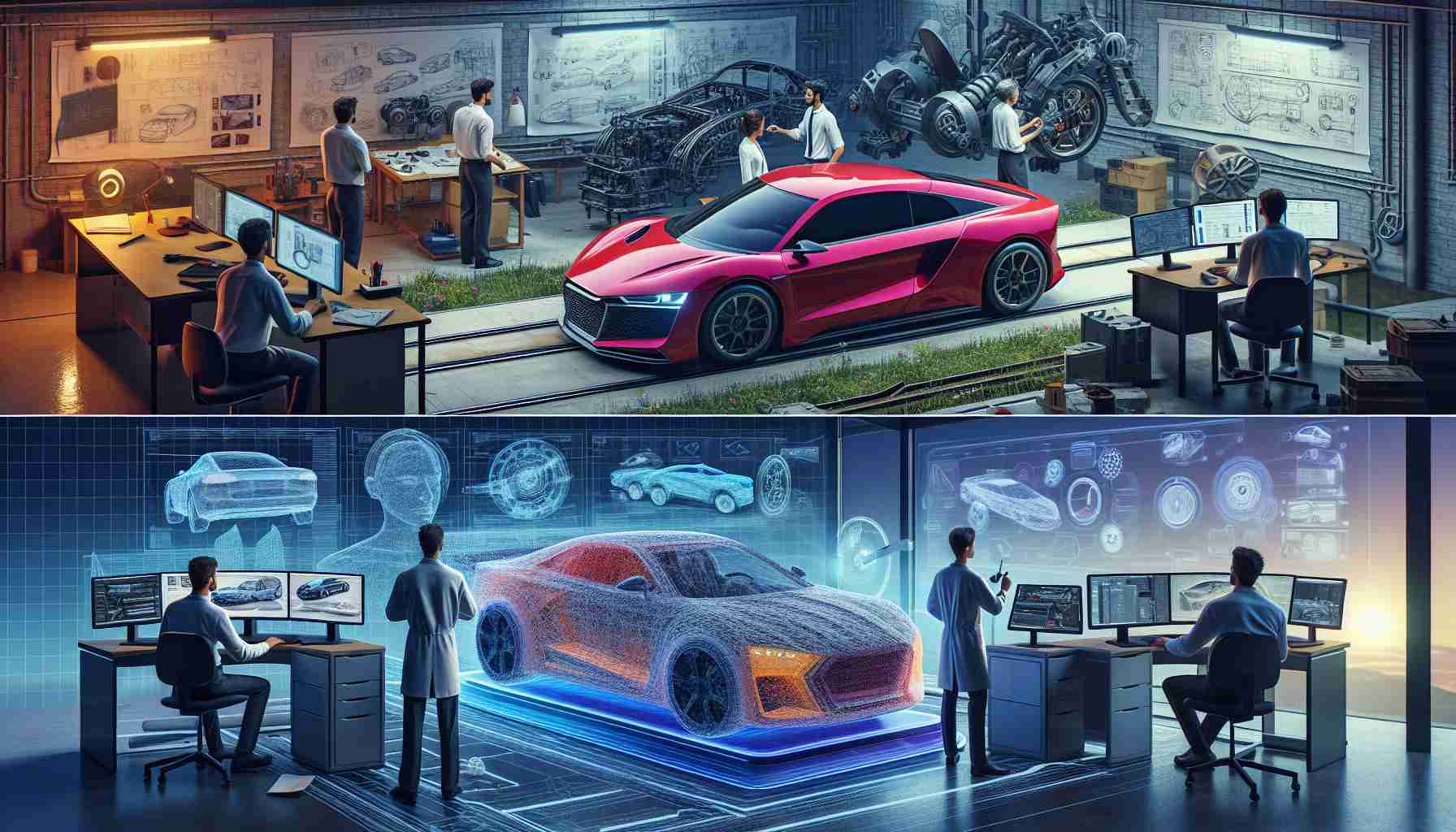The emergence of Software-Defined Vehicles (SDVs) has prompted the automotive industry to revolutionize how cars are designed and developed. This entails integrating complex electrical/electronic (E/E) architectures, requiring innovation throughout the vehicle production process.
Arm has been ahead of the curve, offering innovative hardware alongside immediate software support to meet the evolving demands for performance, safety, and artificial intelligence in modern vehicles. This approach is designed to minimize development cycles and expedite market entry, possibly shortening timelines by up to two years.
Automotive Partnership Strategies with Full-Stack Software Solutions are at the forefront of this transformation. In collaboration with an extensive automotive partner ecosystem, Arm is adopting novel methods for chip and software development. These include the rollout of new virtual platforms in sync with the next-gen powerful processors, all part of Arm’s Automotive Enhanced (AE) IP portfolio.
EDA and cloud partners contribute to this innovation by offering virtual prototype production options that range from bare-metal execution on Arm-based cloud and server instances to fast virtual platforms for rapid software development, ultimately refining hardware implementation detail on System-on-Chip (SoC) virtual prototypes.
Full-Stack Software Solutions on Revolutionary Arm AE IP and Virtual Platforms: Arm’s investment in full-stack software solutions that will run on the latest Arm AE IP covers a spectrum of automotive applications, including zonal controllers, IVI systems, ADAS, and autonomous driving.
The software stack includes rich operating systems like Linux and various implementations through RedHat, as well as real-time operating systems through partners like Green Hills and Wind River. The middleware layer facilitates communication within and outside the vehicle, with implementations like DDS and TSN. Applications and stacks at the top encompass advanced AI-based voice recognition and connected car technologies from industry leaders.
Arm fuels automotive innovation and drives SOAFEE’s development of crucial frameworks and technologies for current and future SDVs. As the automotive journey accelerates, Arm’s unique ecosystem of partners and standards-driven approach guided by SOAFEE spearheads this unprecedented transformation towards SDVs, helping partners leverage new Arm AE IP for software development with exceptional potency and portability.
Key Questions and Answers:
What are Software-Defined Vehicles (SDVs)?
SDVs are cars that rely heavily on sophisticated software systems for operation and feature enhancements, allowing for updatable functionalities, customization, and integration of the latest technology, akin to smart devices.
Why are Innovative Software Solutions crucial in automotive development?
Innovative software solutions enable faster development cycles, enhanced performance, improved safety, and incorporation of advanced features like AI and autonomous driving, which are becoming critical in the competitive automotive market.
What role does Arm play in developing SDVs?
Arm provides comprehensive hardware and software support, including their Automotive Enhanced IP for E/E architectures and is pivotal in forming partnerships and setting standards to facilitate the transition towards SDVs.
Challenges and Controversies:
One challenge in the shift toward SDVs is ensuring cybersecurity, as increased software integration heightens the risk of hacking and data breaches. Another is standardization across the industry, ensuring that systems can communicate and function seamlessly together.
Controversy surrounds the shift in job skills required; as software becomes more crucial, traditional automotive jobs may decline, necessitating retraining and investment in new skill sets for the workforce.
Advantages and Disadvantages:
Advantages:
– Shortened development cycles can significantly reduce time-to-market for new vehicle features and models.
– Enhanced vehicle functionality and performance through regular over-the-air software updates.
– Improved safety and efficiency due to the integration of AI and machine learning in systems like ADAS.
– Customizability and adaptability to individual consumer needs.
Disadvantages:
– Increased complexity of vehicle systems can lead to a steeper learning curve for maintenance and repair.
– Higher reliance on software may increase vulnerability to cyber threats.
– The need for continuous updates imposes a need for a sustainable and reliable software maintenance infrastructure.
Suggested Related Links:
For further reading on how software is revolutionizing the automotive sector, you can visit authoritative technology and automotive industry websites such as:
– Arm
– Green Hills Software
– Wind River
– Red Hat
Please ensure the URLs are correct and active before visiting these websites, as the links provided are to the main domains only.

